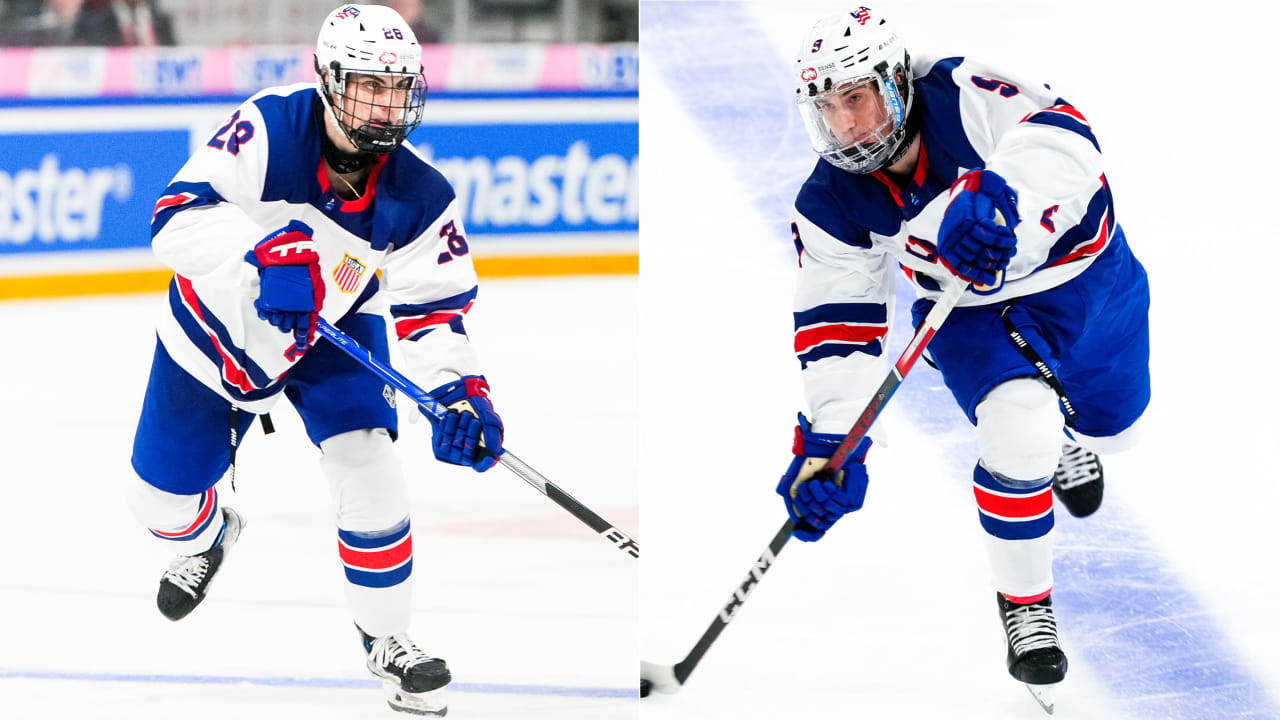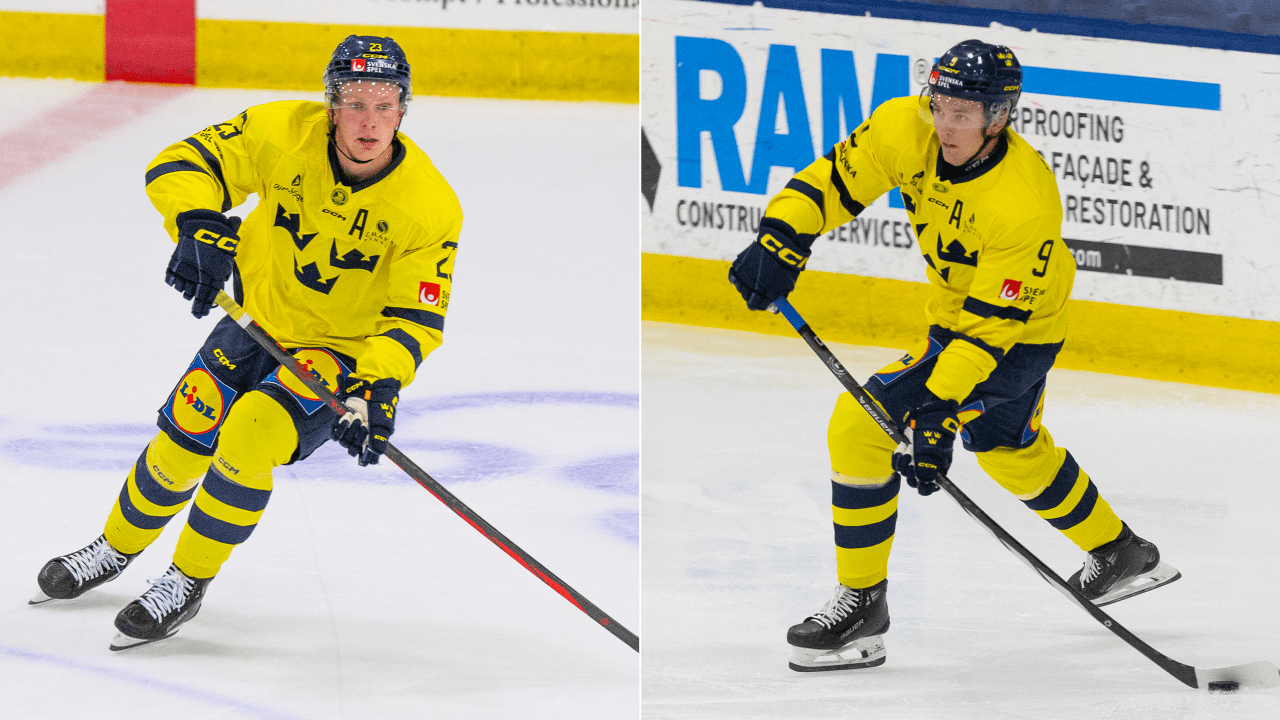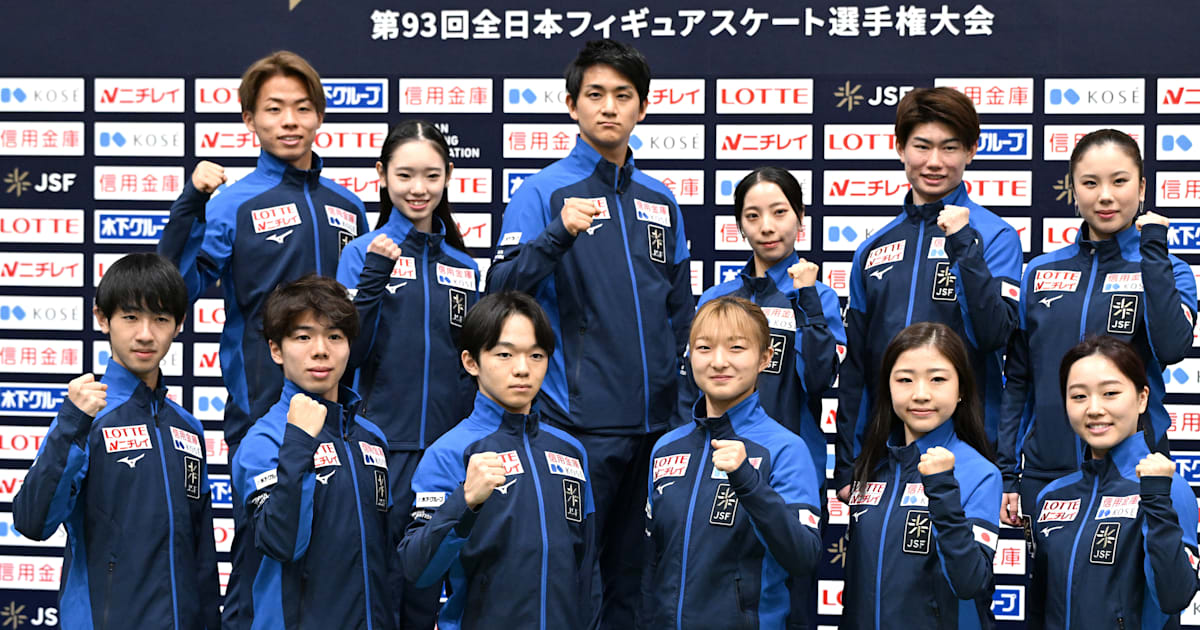World
Erik Shoji: The beauties, challenges of life as the world’s best libero

HERMOSA BEACH, California — There would be no daycare services needed. Not for Dave and Mary Shoji. They had a free one available, any day of the week, Monday-Sunday. Plenty of babysitters, too. Lots to do. It just so happened that those baby-sitters were a smattering of the best volleyball players in the country, and the list of activities at the Stan Sheriff Center, where Dave coached the University of Hawai’i women’s volleyball team, included anything to do with a volleyball.
Mostly: Keep it off the floor.
“That’s where I had after-school care,” Erik Shoji said on SANDCAST: Beach Volleyball with Tri Bourne and Travis Mewhirter. “We went to the gym. We weren’t forced to play but we were put in this environment where we were around the ball, we were around high-level players. We went to every single match. We fell in love with the game that way.”
Somehow, more than two decades later, he has never fallen out of love with it.
After four years as a first-team All-State selection at Punahou in high school, four more as a first-team All-America libero at Stanford, and 12 more as a professional overseas, Shoji feels “lucky that I’ve never really, truly been burned out on volleyball,” he said. “I’ve loved this sport from a very young age and I’ve had a huge passion for it. I feel lucky that I have this fire in me that hasn’t gone out just yet.”
It’s easy to see, that fire. Peruse his social media, and his passion is impossible to miss. His reactions on his YouTube Channel when breaking down film are so original and charming and endearing it is no wonder he has 171,000-plus subscribers. Watch him play, either with Zaksa, his current club in Poland, or this summer for the USA National Team, and one cannot help but feel a jolt of his enthusiasm.
“I have a lot of energy for volleyball,” he said. “It’s just something that I have.”
And he’s had it since it served as the one-and-only activity of his makeshift daycare.
There was something about those after-school days in the gym that were ineluctable to Shoji. Perhaps clouded by the nostalgia of youth, Erik has only the fondest memories of being toted to either the Hawai’i practice or his own, entertaining himself by slapping around a ball, putting a target on the wall and passing, passing, passing. When asked how he is able to dig the back-row attacks of a TJ DeFalco in the USA gym, or the outrageous angles of Wilfredo Leon, or scoop the blink-and-you-missed-it swings from Earvin N’Gapeth, he refers to a simple formula: an incalculable volume of reps.
The reps he got as a kid against the wall in Hawai’i are the ones he believes built the foundation of a skill-set that would set him on the path to become the man he is today, the 34-year-old widely regarded as the best libero in the world, with an argument as the best libero to ever don a USA jersey.
“I was the kid on the side putting a square on the wall and aiming for a spot, bumping bumping. Without even knowing it I was getting reps before I played volleyball, really,” he said. “And I was having fun, and that was fun. I’m pretty lucky.”
Lucky, maybe. But it hardly seems an act of providence. Shoji whimsically refers to the best laid plans of volleyball fathers in Hawai’i, many of whom had kids at the same time, all of whom happened to produce prodigious talents from the same area. How else can one explain that a glut of children from Oahu, members of the Outrigger Canoe Club all, would one day become the nucleus of the United States National Team, either indoors or on the beach? That childhood friend Micah Christenson would develop into the best setter in the world, backed up by Shoji’s older brother, Kawika? That another youngster from the Island, Micah Ma’a, would fill in for Kawika when he retired? That Riley McKibbin, Maddison McKibbin, Brad Lawson, Spencer McLachlin, Tri Bourne, Trevor Crabb, and Taylor Crabb would all go on to play in college and professionally overseas? That Maddison, the Crabb brothers, and Bourne would become AVP champions, and Bourne and Taylor Crabb Olympians?
“There was some sort of plan amongst the volleyball dads, who are all very good volleyball players in their own right at their own time, just all happened to have kids at the same time and ‘We’re going to put them all on the same court together,’ ” Erik said, laughing. “We met before we played volleyball. We met in soccer, in baseball. Tri was always the fastest, best player in these sports, so he was naturally recruited over to volleyball. It’s a bizarre story but it’s cool.”
And as for Erik in particular, “my dad kinda knew what to do,” he said, laughing again. Was he going to be the tallest player to leave the Island? Hardly. Dave, the architect of the women’s program at the university, knew as much. But he also knew his son had a chance at being the most coordinated. Erik still pokes fun at himself for his lack of explosive athleticism or towering height — he stands 6 feet tall — but there is no mistaking that it takes an otherworldly reaction time to make the plays that he does.
This, again, is no accident.
“I always played up,” he said. “My brother was two years older and I always played with him. I was the youngest but also the smallest, so naturally I had to develop ball control.”
USA Volleyball is, suffice it to say, grateful for the foresight of the Oahu Volleyball Dads. On May 10, Shoji, alongside fellow Hawai’ians Christenson and Ma’a, was officially announced as a member of the 12-man USA roster to compete in the Paris Olympic Games. While a surprise to no one, it was still a relief for Shoji to hear his name called, that he would, indeed, be competing in his third Olympics later this summer. A relief because Shoji recently endured what he says is the most trying season of his professional career. An inconsistent year with Zaksa, for whom he also played in the 2021-2022 club season, led him down an unfamiliar road: self-doubt.
Here was a libero with so many accolades to his name that he had authored new ones of his own. Prior to 2012, no player in the history of the AVCA had been a first-team All-America all four years. At Stanford from 2008-2012, Shoji changed that.
Four years later, in his Olympic debut, he was named the Best Digger at the Rio Games, bringing home a bronze medal — just the second Olympic medal for the USA since 1992. Every year since, he has been named either the Best Libero or Best Digger in one capacity or another — best of the Russian Superleague in 2017, best of the 2018 World Championships, best of the VNL in 2019, best of the Champions League in 2021-2022, Best of the NORCECA Championships in 2023.
Yet that did little to slow the creep of self-doubt this past-season at Zaksa. He’d miss a dig and wonder what his teammates were thinking. Pass an imperfect ball and imagine the negative thoughts of the fans. Sometimes he didn’t have to imagine — he’d hear it loud and clear from the 12,000 volleyball-mad Poles who would regularly pack the gyms.
“This past season was pretty tough,” he said. “Our team dealt with a lot of injuries, a lot of drama, a lot of internal problems. I think the mental breakthrough that I figured out this year, I was too worried about what other people were thinking of me in the moment or what my teammates were thinking if I didn’t play well and we were losing — we all know shit kinda hits the fan when you lose, especially when you lose.
“I was so bogged down in thinking the Polish people are down on me, my teammates are down on me, I don’t know what they’re thinking. When you’re overseas and it’s cold and you have not a lot of stimulation and you’re sitting in your apartment, all you do is think. I was getting bogged down in that a bit and you can almost make up stories about what friends are thinking of you and what teammates are thinking of you. It’s a little bit main character syndrome thinking that everyone is thinking about you.
“I think it’s part of the pro life, especially as a foreigner. You’re alone a lot of the time. There’s something about being in another country with local guys, you don’t know what they’re talking about, you don’t know what they’re saying, you don’t know what the comments are saying — you shouldn’t read them anyway. It gets to you sometimes especially in a big league like Poland where it’s a big deal, it’s a big thing.”
That downtime, as much as it can become a downward spiral of negative thinking, proved as useful as it had at times masochistic. Shoji picked up a book written by sports psychologist Michael Gervais: The First Rule of Mastery: Stop Worrying About What Other People Think of You.
It was as formative to his mind as those after-school days in the Hawai’i gym were to his platform.
“It got me over this hump of really caring about what my teammates were thinking about me in the moment,” Shoji said. “These are all Polish National Team guys, they’re probably thinking I’m this horrible player. After that book, I got over that. I realized that, ‘Erik, you’re working hard, you’re doing what you can in this moment, you’re doing your best. Screw them,’ more or less. For me, that was so freeing and liberating because… you really have no idea what they’re thinking. They’re in their own head as much as you are. That freed me up a bit to have a better season personally.”
There is no better time for Shoji to erase whatever mental block there may have been. The United States will head into the Paris Games ranked No. 2 in the world, behind only Poland, which boasts many of Shoji’s club teammates. The Americans are the oldest team in the Olympics, the oldest, Shoji believes, in USA history.
“We,” he said, “are officially old.”
Yet you’d never believe it by watching Shoji. His enthusiasm hasn’t waned, nor has his passion dimmed. He’s still the same kid he was, passing balls against the wall in a gym in Hawai’i, the daycare that wasn’t a daycare, the place that served as the building blocks of a career he sometimes has to pinch himself to believe it’s all still real.
“I feel like I’m constantly learning new things. New players pop up everywhere and you have to play with them and against them and they have different styles and skills and different levels,” he said. “Being a 12-year pro now, you want to feel like you’ve figured it out but then a [6-foot-8] lefty comes with a sidewinder serve and you have to figure that out. And then there’s another one, and another one.”
Another puzzle to solve.
Another ball to keep off the floor.










